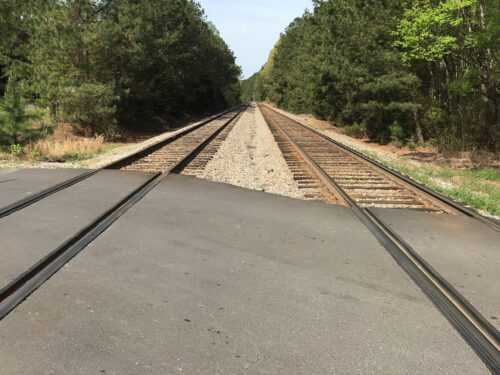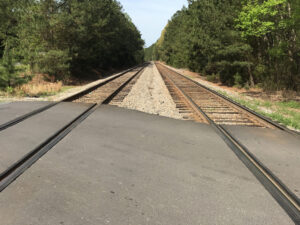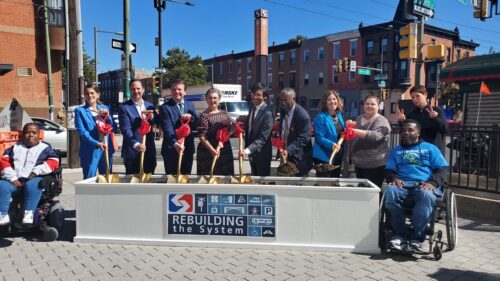NEPA Documentation and Archeological Survey for Proposed Rail Grade Separation
NEPA Documentation and Archeological Survey for Proposed Rail Grade Separation
The project proposed to construct a rail grade separation in the vicinity of Helms Road and close the existing at-grade rail crossing. An alternatives analysis was undertaken for a new roadway connection from the proposed grade separation to North Carolina Highway 16 (NC 16). The project would also involve construction of approximately 4,000 feet of rail siding.
JMT was tasked with completing the NEPA document (Categorical Exclusion), natural resources investigations, and Section 401/404 permitting; planning, traffic, noise, and community studies; archaeological surveys; historic architecture surveys; and public involvement.
Our natural resource services included a wetland/stream delineation, threatened and endangered species surveys, coordination with the US Army Corps of Engineers and North Carolina DEQ Department of Water Resources (NCDWR) for a preliminary jurisdictional determination, preparation of a natural resource technical report, and WEX/WET files.
JMT prepared field mapping for the delineation using color gradient LIDAR data to pinpoint low topography and crenulations where wetlands and streams were likely to occur. JMT prepared the landowner notification letters in both English and Spanish. A detailed survey for the federally listed Schweinitz’s sunflower (Helianthus schweinitzii), Michaux’s sumac (Rhus michauxii), and state listed Georgia aster (Symphyotrichum georgianum) was conducted.
JMT oversaw the preparation of the community characteristics report (CCR), community impact assessment (CIA), indirect and cumulative effects (ICE) screening, and noise analysis. JMT led the public involvement efforts, including handouts, graphics, and scheduling of meetings.
JMT staff also conducted a Phase I archaeological survey at the request of the Catawba Indian Nation. During the Phase I survey, JMT archaeologists identified, recorded, and delineated two abandoned cemeteries. All identified cemeteries will be avoided during construction and preserved per NC G.S. 65-106. JMT led the coordination with SHPO and Office of State Archaeology regarding avoidance of identified cemeteries.
The public involvement portion of this project occurred during COVID-19 restrictions. JMT quickly adapted and used NCDOT’s preferred public involvement website to inform the public of the project, explain the alternatives, and collect comments and voting results for the preferred alternative. JMT led several virtual meetings, including the local officials’ informational meeting, stakeholder coordination meetings, and alternative selection meeting.


